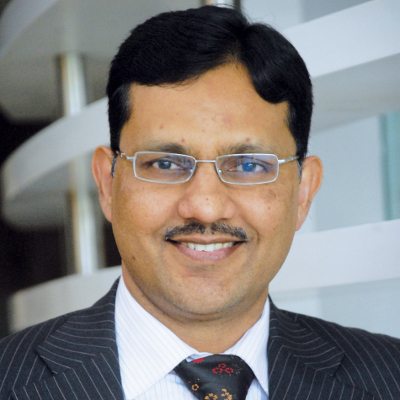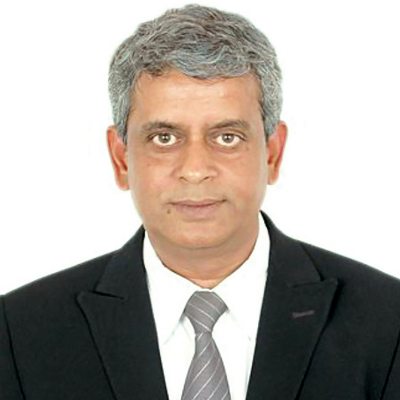MAY 2012: NXP Semiconductors provides high-performance mixed signal and standard product solutions that leverage its RF, analogue, power management, interface, security and digital processing expertise. These innovations are used in a wide range of automotive, identification, wireless infrastructure, lighting, industrial, mobile, consumer and computing applications.
Ashok Chandak, senior director (global sales and marketing), and Dr Sankara Narayan, vice president and country manager, NXP Semiconductor, India, speak with Jalaja Ramanunni and Dilin Anand of EFY about the road ahead for semiconductor companies and future trends in the domain

Q. What is your take on the trend of semiconductor companies going fabless?
A. Our focus areas in the high-performance, mixed-signal product domain span from the design, manufacturing, packaging, testing to making the end product. This allows us to offer an integrated solution. Using an external foundry may not allow us to utilise the full capability of the product. Moreover, we require the process competence to be kept in-house to compete in this area as well.

Q. What challenges did you face when you moved to high-performance, mixed-signal?
A. Energy reduction is a very challenging part of the chip. We have to ensure our chips are green so that our consumers get better performance at lower power consumption.
Another challenge is to combine high-voltage circuits, RF circuits and processing systems. It is an art, not a science anymore. In the advanced process technology, when we reach tens of gigahertz, the signal-to-noise ratio should be maintained as the supply voltage decreases. The 1’s and 0’s become so fast that there is little room for switching. This makes it seem like an analogue signal. Therefore we have to process the digital signal in an analogue way.
Q. What is the next step in high-performance, mixed-signal handling?
A. Since digital signal handling is becoming like that of analogue, we require a different layout and processing. Also, multiple radio frequencies are going to be on one chip. Bringing them together is not going to be an easy task. When moving to this field, we are also doing something called ‘More than Moore.’ Here the concept is little different from the commonly used Moore’s Law.
Q. What is ‘More than Moore’?
A. It is about functional enrichment, which is important in the high-performance, mixed-signal domain. The highest possible the reliability, the best possible the linearity when we convert digital signals into analogue—all this forms a part of it. These ideas help create products that are very rugged, linear and easy to use.
Q. What are the gains achieved when you migrate from one process node to the next-generation process node?
A. We are the only industry in the world that gives you more for less. Every two years, the products will have more features, consume lesser power, and perform better than the previous generation. All this can be done only by migrating to the smaller manufacturing process.
Silicon is like real estate, where instead of square feet or square metres, we have measures in square inches or square millimetres. When you generate a wafer, the cost is more or less the same. But when you make more chips on that wafer by reducing the manufacturing process size to 22 nm or 14 nm, its value increases.
Q. What is the next evolution in this industry?
A. We are coming to an economic grinding halt. In the silicon real estate, every millimetre square is becoming very expensive. Economy is a bigger challenge than technology now. It is time to stop the expensive race for high speed and low power, and consider the human requirement.
As things become more customer-oriented, we have to be able to convert those customer needs into specifications, which is challenging. The future trend is going to be capturing customer requirements, building them into product specifications and making a solution.
Q. What innovative products do you have for the automotive vertical?
A. We are working on car networking and products that improve safety and security. We are bringing in the capability for communication to happen among cars.
We have rolled out the emergency call concept in Europe, where if you meet with an accident the system automatically sends an alarm to the authorities along with the location data of the vehicle. Within a fraction of a minute, you have help coming to you. Your car would also communicate with other vehicles, which would notify them if traffic is going to slow down.
Q. What markets are you targeting in India?
A. We focus on the automotive market encompassing both cars and two-wheelers. We have a very strong portfolio in this field. In the identification sector, we have solutions like smart card programmes for government deliveries, healthcare and fare collection services such as the Metro. Then we have standard components. Despite technology advances, we still have the transistor—whether in a chip or sold discretely. So diodes, transistors, triodes or MOSFETs are in every electronic product. More than two billion units of such tiny devices are used every year in India. The fourth segment is analogue and mixed signal, where we sell microcontrollers, logic devices, RF power devices, etc.







